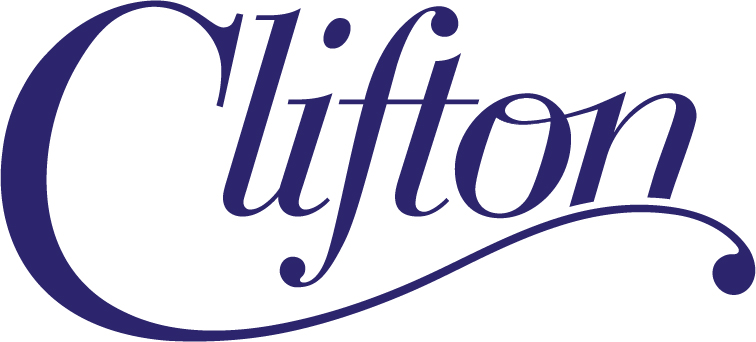Recap:
The Clifton deer fertility control pilot program is a citizen response to the Cincinnati Parks’ invitation to collaborate on a non-lethal alternative to bow-hunting for reducing overabundant herds in 3 Clifton Neighborhood parks. Operating under a permit granted in 2015 by the Wildlife Division of the Ohio Department of Natural Resources, the program involves a three to five year study of deer migration patterns and the efficacy of sterilization for deer population management.
CliftonDeer.org, is a local 501(c)(3) nonprofit organization formed to sponsor, assist, and provide funding for the program. It builds community support – financial and otherwise – to create an infrastructure of expertise and funding needed to complete the study and to secure the viability of the program on an ongoing basis.
First Year Results:
In December of 2015, project consultant Dr. Anthony DeNicola of White Buffalo, Inc. led a team of wildlife biologists, veterinarians, and volunteers (including U.C. students, Cliftonites, and U.S. Humane Society personnel) through six nights of field operations in which 41 does were sterilized and tagged and 3 incidental male fawns were tagged and released. Detailed results of that effort are reported at 2015 Field Operations Report on the project’s website, www.cliftondeer.org.
Two important findings resulted from last Fall’s work. First, field observations and a post-operations camera survey revealed that the deer population in the study area (bounded by Ludlow Ave., Clifton Ave., and I-75) was much larger than estimated based on the Parks’ aerial infrared population counts—roughly 100 instead of 60. Faced with unexpectedly large numbers, Dr. DeNicola focused his efforts on the mature does who would be likely to reproduce this Spring and planned to target the female fawns in 2016. Second, despite the unexpectedly large deer population, Dr. DeNicola believes that his team sterilized approximately 86% of the adult doe population within the study area, and that this should be enough to stop herd growth and may begin reductions.
2016 Goals:
This Fall Dr. DeNicola plans to capture and sterilize the few adult does missed last year, new immigrant does, and newly matured female fawns in the study area. He and his team will also devote extra time to training a local darter and a local veterinarian with the goal that they can eventually carry on the program with less reliance on expensive outside involvement. Finally, he will conduct a 2-week post-operations field camera population survey.
The dates of field operations have not yet been set, but will most likely occur in December.
Funding:
With the discovery of nearly twice as many deer as originally estimated from the Parks’ surveys, and the need for more accurate counts, costs of operations this year, while 25% lower than last year, are expected to be higher than originally projected. Funds are being requested from two national and one local foundation. If successful, these grants will cover at least 60% to 80% of this year’s operating expenses, reducing significantly the amount of fundraising that will be required. We should know the status of those grant requests within weeks. As promised last year, no funds will be requested from CTM.
In the meantime, we invite the community to:
- Learn more, donate or contact us: www.cliftondeer.org
- Like us on Facebook: https://www.facebook.com/CliftonDeer.org
- Follow us on Twitter: @cliftondeer

